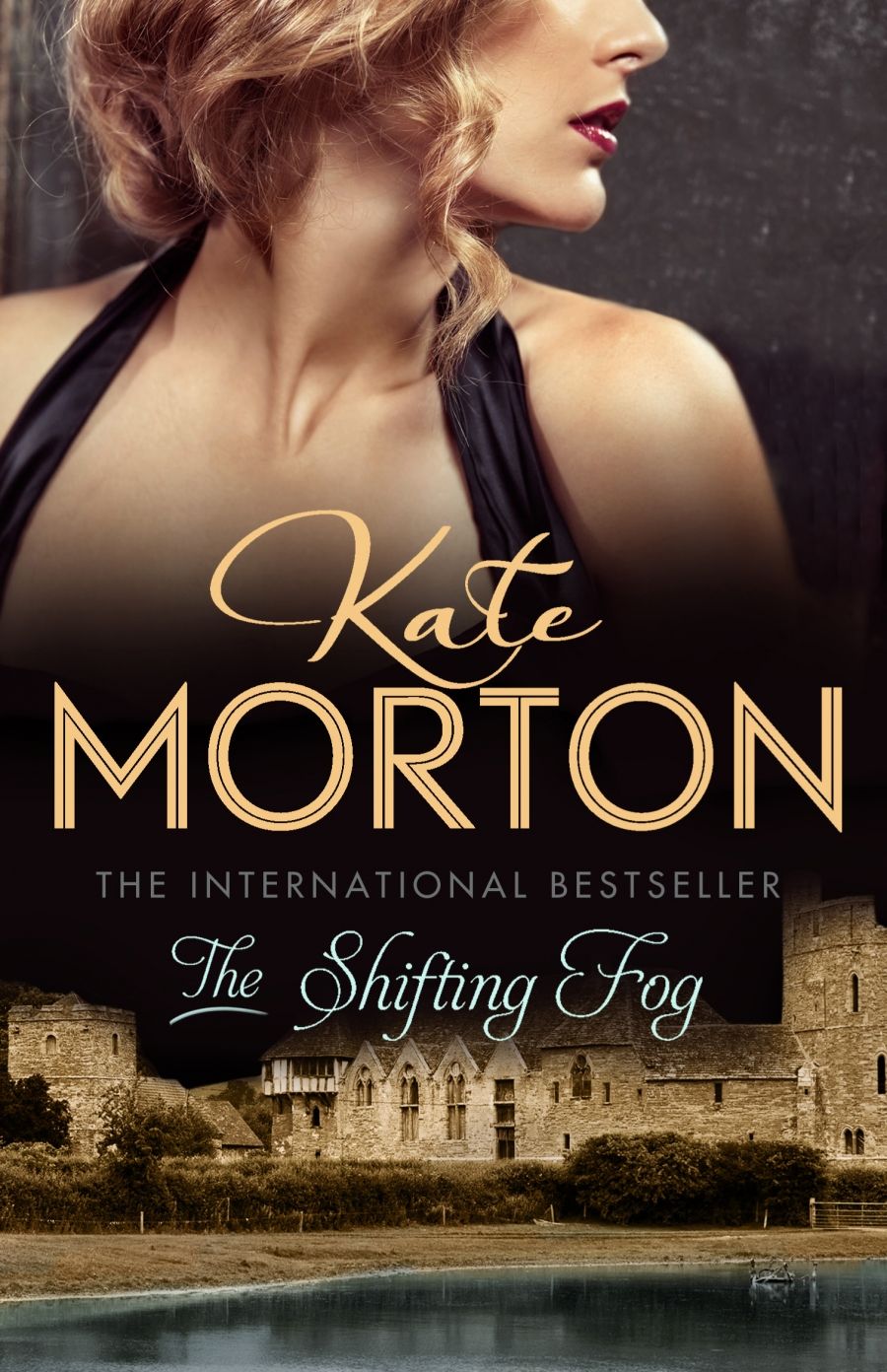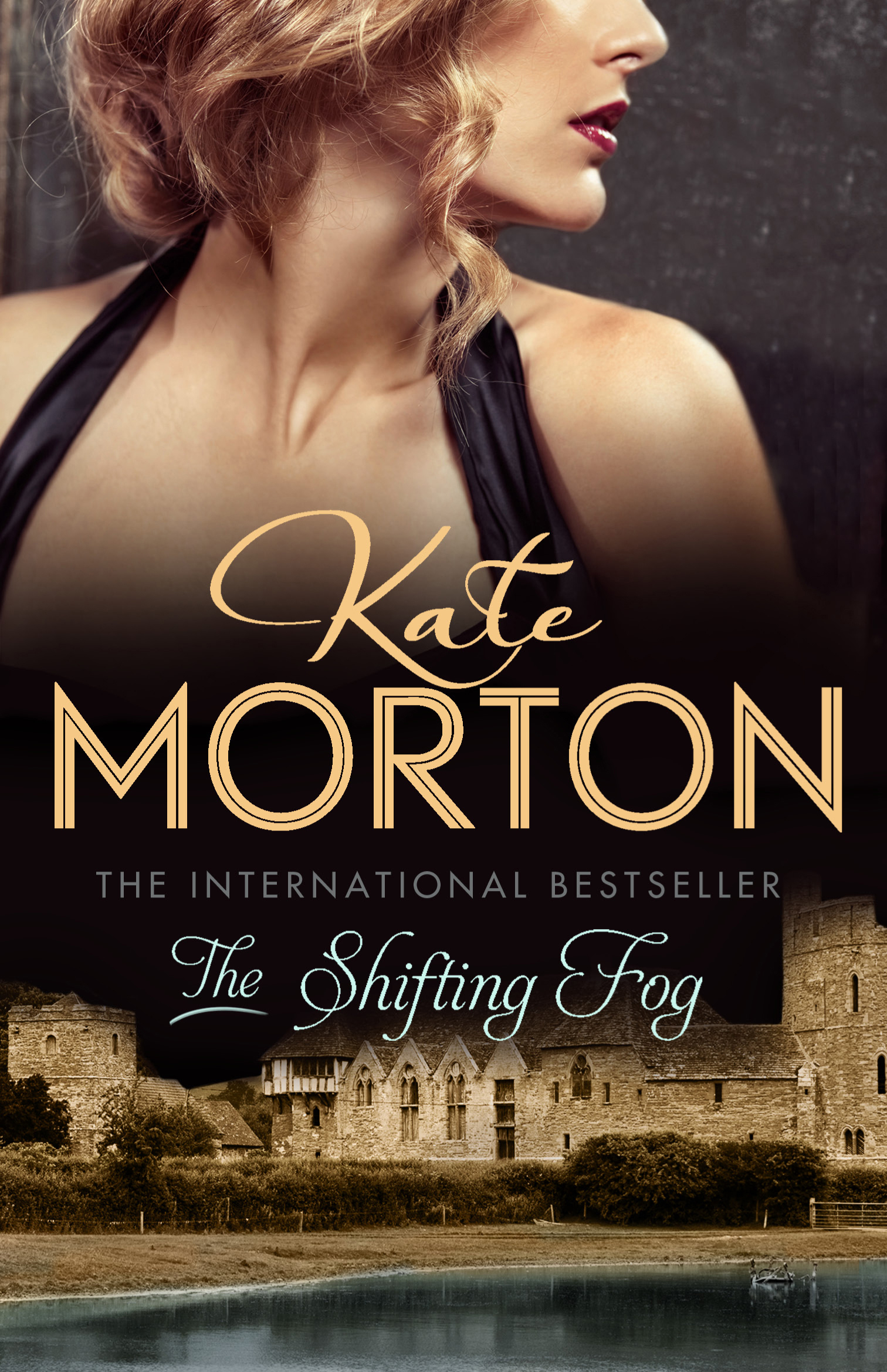
- Free Article: No
- Contents Category: Fiction
- Review Article: Yes
- Article Title: Knowing her place
- Online Only: No
- Custom Highlight Text:
Sometimes, the middle ground is a good place to be. The Shifting Fog is classy commercial fiction that sits happily in the space between literary fiction and mass-market trash. It might occupy the middle ground, but it’s far from middle of the road. First-time author Kate Morton (recipient of the six-figure sums for deals in eleven countries that publisher Allen & Unwin is happily hyping) has skilfully and intelligently created a novel that is indeed, as the publicity has it, ‘compulsively readable’.
- Book 1 Title: The Shifting Fog
- Book 1 Biblio: Allen & Unwin, $29.95 pb, 480 pp
- Book 1 Cover Small (400 x 600):

- Book 1 Cover (800 x 1200):

Seeding mystery and romance throughout, Morton immerses her reader in the lives, loves and losses of an aristocratic family and its servants upstairs and downstairs in an Edwardian country house. Former housemaid Grace Bradley recalls her youth and remembers the Hartford family at Riverton, and her relationship with it, in the tumultuous decade between 1914 and 1924. Three young siblings, David, Hannah and Emmeline, initially inspire Grace’s fascination. Hannah, who is exactly Grace’s age, will later inspire her devotion, one manifestation of which is her secrecy, which now, finally, in 1999, she relaxes.
Grace’s recollections are prompted by a letter from a film-maker who is recreating Riverton and its denizens. The Shifting Fog, also the name of the film, opens with an excerpt from the film script depicting the climactic death of a young war poet in the presence of Hannah and Emmeline. The events leading up to this death form the bulk of the narrative as mysteries accumulate. The story of Grace’s life, with its own secrets, also emerges as she reveals the truth about the death and its tragic aftermath.
The young Grace is an aficionado of Sherlock Holmes, and there are references to detectives everywhere (Grace later becomes an archaeologist, another kind of detective). On the one hand, the truth is elusive and memory unreliable, with history seen as partial and an abundance of writers within the story each creating their own worlds and mysteries. On the other hand, the plot undermines this purported slipperiness of truth, with ‘what really happened’ forming a classic dénouement.
Plot clichés that in the hands of a lesser writer would be laughable (illegitimate children, tragically early deaths of beautiful people, parents disowning children, secret letters written in code, the meeting of minds in unparalleled true love) are here somehow acceptable, despite still being unbelievable and inherently melodramatic. So too the extraordinary twists, although at times Morton reveals her authorial control too transparently.
Grace is both Morton’s puppet and puppeteer. In her, Morton has created a narrator whose outsider status gives her insider access and knowledge. The Shifting Fog constantly refers to place (of the social rather than geographic variety) and Grace often talks of ‘knowing her place’. Her older self emphasises her younger self’s inability to think beyond the strictures of her class and gender. Yet here again is a contradiction, for we know that after the war Grace achieves a professional career, and we can see the faint spark of her independence in her early life.
Morton is most interested in portraying the social changes that were wrought after World War I, particularly in terms of changing ideologies of class and gender. All the characters are buffeted by these changes, but their effects are most obviously encapsulated by Grace’s fate. Born in 1900, narrating the story in 1999, Grace’s life spans the twentieth century. This is significant, for it makes her a witness not just to the saga of the Hartfords but to the enormous changes that occurred over a hundred years.
What raises The Shifting Fog above the majority of commercial fiction is not just the stylish writing but the way Morton has fully, if overtly, integrated the themes she wants to evoke and explore.
In her concluding author’s note, Morton enumerates these themes. She also avows her interest in the ‘tropes of the literary gothic’ and helpfully sets them out:
the haunting of the present by the past; the insistence of family secrets; return of the repressed; the centrality of inheritance (material, psychological and physical); haunted houses (particularly haunting of a metaphorical nature); suspicion concerning new technology and changing methods; the entrapment of women (whether physical or socially), and associated claustrophobia; character doubling; the unreliability of memory and the partial nature of history; mysteries and the unseen; confessional narrative; and embedded texts.
Check, check, check. All of these tropes are easily identified in The Shifting Fog. Acknowledging, in the same note, inspiration for her characters and settings from sources ranging from Nancy Mitford to Upstairs, Downstairs, Morton cites literary inspiration from, among others, A. S. Byatt. The Shifting Fog isn’t Possession, but it can be admired on its own terms.


Comments powered by CComment